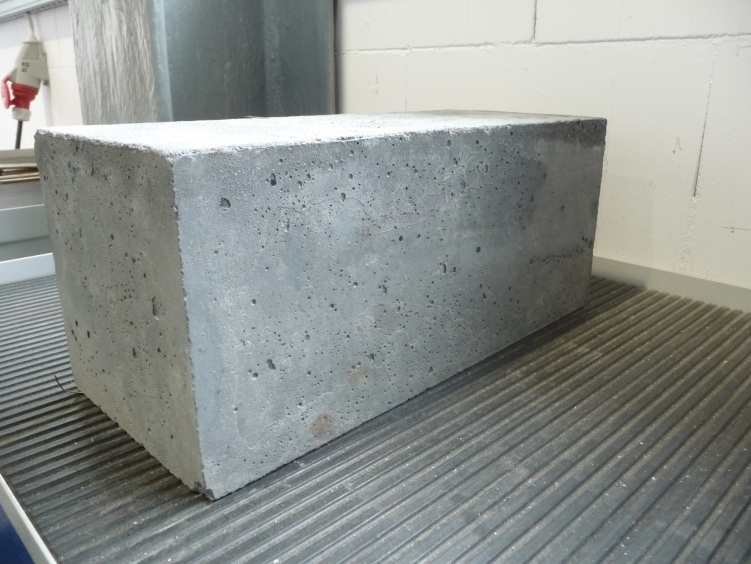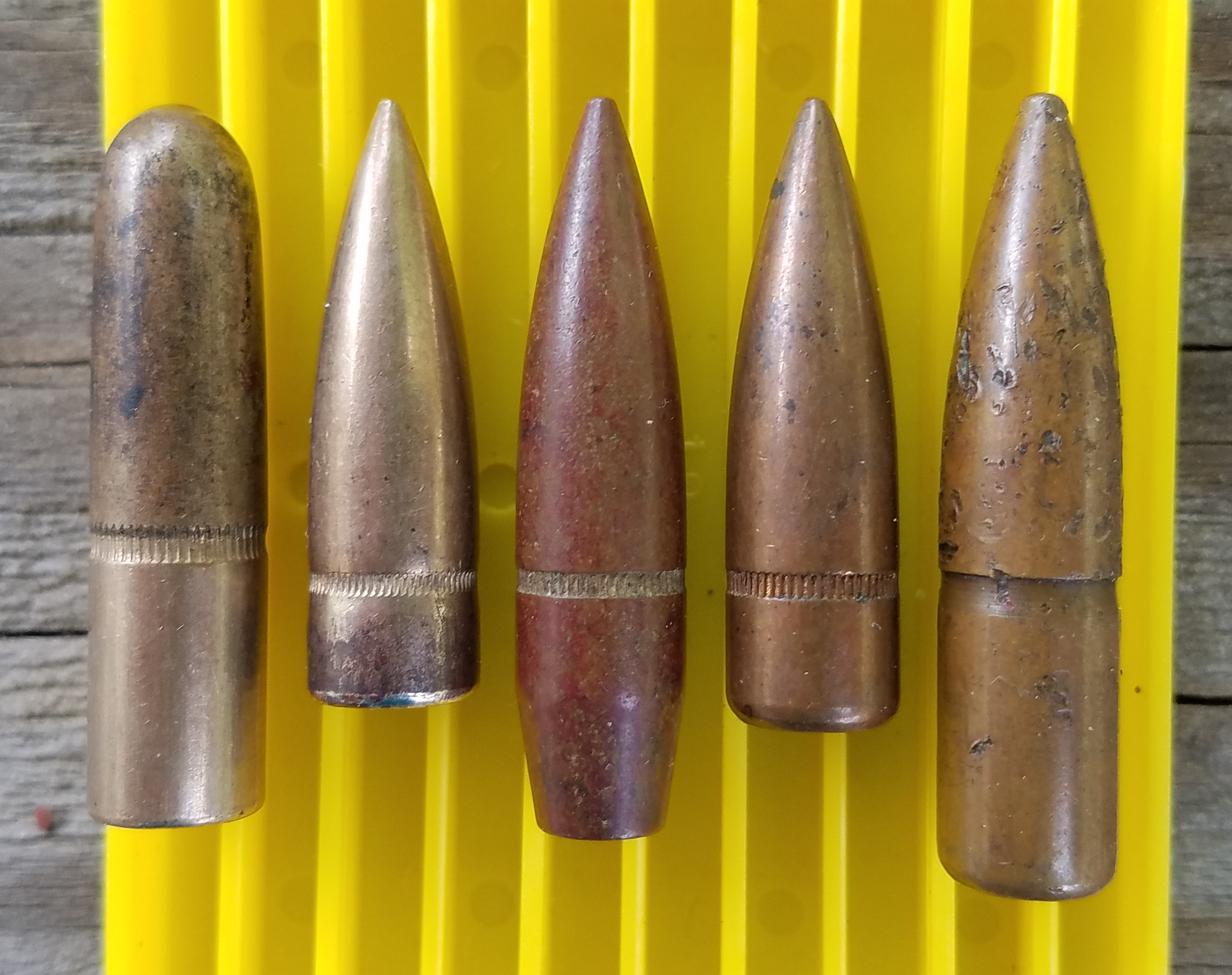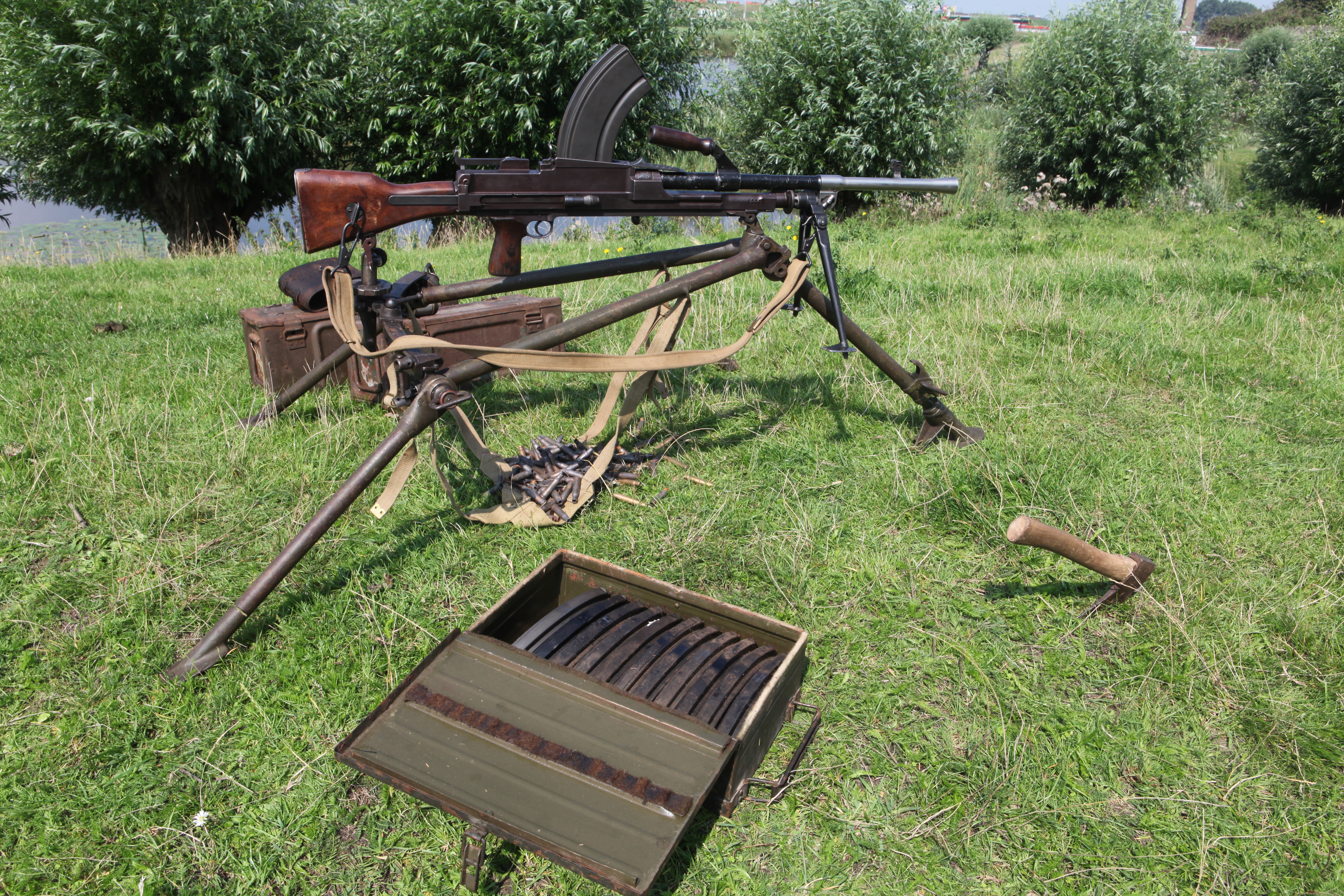|
Bison Concrete Armoured Lorry
The Bison was an improvised fighting vehicle frequently characterised as a mobile pillbox. Bisons were produced in Britain during the invasion crisis of 1940-1941. Based on a number of different lorry chassis, it featured a fighting compartment protected by a layer of concrete. Bisons were used by the Royal Air Force (RAF) to protect aerodromes and by the Home Guard. They acquired the generic name "Bison" from their main manufacturer. Need With the Fall of France in July 1940, the British Government made efforts to prepare for the threatened invasion. One problem was the defence of airfields against airborne troops. An ideal solution for protecting the open space of an airfield was to use tanks and armoured cars. However, the British Army lacked heavy equipment having abandoned much of it during the evacuation of Dunkirk. An alternative was needed which would not compete for resources with conventional armaments. Inception The Bison was the invention of Charles Bernard Mat ... [...More Info...] [...Related Items...] OR: [Wikipedia] [Google] [Baidu] [Amazon] |
Improvised Fighting Vehicle
An improvised fighting vehicle is an ''ad hoc'' combat vehicle resulting from modified or upgraded civilian or military non-combat vehicle, often constructed and employed by civilian insurgents, terrorists, rebels, mobsters, guerrillas, partisans, drug cartels, criminal organizations or other forms of non-state militias and irregular armies. Such modifications usually consist of grafting improvised armour plating and fixed crew-served weapons such as heavy machine guns or antiaircraft autocannons mounted onto the back of a utility vehicle or pickup truck. Various militias and official militaries have improvised such vehicles ever since the introduction of the first automobiles into military service. During the 1910s and 1920s, the absence of a doctrine for the military use of automobiles or of an industry dedicated to producing them led to a great deal of improvisation in the creation of early armored cars and similar vehicles. In the 1930s and 1940s, despite the advent ... [...More Info...] [...Related Items...] OR: [Wikipedia] [Google] [Baidu] [Amazon] |
Concrete
Concrete is a composite material composed of aggregate bound together with a fluid cement that cures to a solid over time. It is the second-most-used substance (after water), the most–widely used building material, and the most-manufactured material in the world. When aggregate is mixed with dry Portland cement and water, the mixture forms a fluid slurry that can be poured and molded into shape. The cement reacts with the water through a process called hydration, which hardens it after several hours to form a solid matrix that binds the materials together into a durable stone-like material with various uses. This time allows concrete to not only be cast in forms, but also to have a variety of tooled processes performed. The hydration process is exothermic, which means that ambient temperature plays a significant role in how long it takes concrete to set. Often, additives (such as pozzolans or superplasticizers) are included in the mixture to improve the physical prop ... [...More Info...] [...Related Items...] OR: [Wikipedia] [Google] [Baidu] [Amazon] |
Fallschirmjäger
The () were the airborne forces branch of the Luftwaffe before and during World War II. They were the first paratroopers to be committed in large-scale airborne operations. They were commanded by Kurt Student, the Luftwaffe's second-in-command. Between the wars During the interwar years, the rapid development of aircraft and aviation technology drew the attention of imaginative military planners. The idea of aerially inserting a large body of troops inside enemy territory was proposed during World War I by Brigadier General Billy Mitchell (general), Billy Mitchell, commander of the United States Army Air Corps, U.S. Army Air Corps in France.Ailsby, Christopher: ''Hitler's Sky Warriors: German Paratroopers in Action, 1939–1945'', p. 12. Spellmount Limited, 2000. However, the Allies of World War I, Entente High Command was forced to abandon the idea, as it was unprepared for such an undertaking, both logistically and in materiel. Among the first to recognize the potential ... [...More Info...] [...Related Items...] OR: [Wikipedia] [Google] [Baidu] [Amazon] |
Steam Wagon
A steam wagon (or steam lorry, steam waggon or steamtruck) is a Steam power, steam-powered truck for carrying freight. It was the earliest form of lorry (truck) and came in two basic forms: ''overtype'' and ''undertype'', the distinction being the position of the steam engine, engine relative to the boiler. Manufacturers tended to concentrate on one form or the other. Steam wagons were a widespread form of powered road traction for commercial haulage in the early part of the twentieth century, although they were a largely British phenomenon, with few manufacturers outside Great Britain. Competition from internal-combustion engine, internal-combustion-powered vehicles and adverse legislation meant that few remained in commercial use beyond the Second World War. Although the majority of steam wagons have been scrapped, a significant number have been preserved in working order and may be seen in operation at steam fairs, particularly in the UK. Design features The steam wagon came ... [...More Info...] [...Related Items...] OR: [Wikipedia] [Google] [Baidu] [Amazon] |
Commercial Motor
''Commercial Motor'' is a weekly magazine serving the road transport Road transport or road transportation is a type of transport using roads. Transport on roads can be roughly grouped into the transportation of goods and transportation of people. In many countries licensing requirements and safety regulations e ... industry in the United Kingdom. Founded in 1905 by Edmund Dangerfield, it is notable for having been "the first journal to be devoted exclusively to the commercial vehicle engaged in the conveyance of goods or in passenger carrying". Originally named ''The Commercial Motor'', the title was shortened to ''Commercial Motor'' for the first issue of 1966. The publication is commonly referred to as 'CM' by its readers and editorial staff. ''Commercial Motor'' was initially published by Temple Press and since 2011 it has been published by Road Transport Media, part of DVV Media Group. Launch ''The Commercial Motor'' was launched in March 1905 by Temple Press. In ... [...More Info...] [...Related Items...] OR: [Wikipedia] [Google] [Baidu] [Amazon] |
The Times
''The Times'' is a British Newspaper#Daily, daily Newspaper#National, national newspaper based in London. It began in 1785 under the title ''The Daily Universal Register'', adopting its modern name on 1 January 1788. ''The Times'' and its sister paper ''The Sunday Times'' (founded in 1821), are published by Times Media, since 1981 a subsidiary of News UK, in turn wholly owned by News Corp. ''The Times'' and ''The Sunday Times'' were founded independently and have had common ownership only since 1966. It is considered a newspaper of record in the UK. ''The Times'' was the first newspaper to bear that name, inspiring numerous other papers around the world. In countries where these other titles are popular, the newspaper is often referred to as or , although the newspaper is of national scope and distribution. ''The Times'' had an average daily circulation of 365,880 in March 2020; in the same period, ''The Sunday Times'' had an average weekly circulation of 647,622. The two ... [...More Info...] [...Related Items...] OR: [Wikipedia] [Google] [Baidu] [Amazon] |
Armadillo Armoured Fighting Vehicle
The Armadillo was an extemporized improvised armoured fighting vehicle produced in Britain during the invasion crisis of 1940–1941. Based on a number of standard lorry (truck) chassis, it comprised a wooden fighting compartment protected by a layer of gravel and a driver's cab protected by mild steel plates. Armadillos were used by the RAF Regiment to protect aerodromes and by the Home Guard. Design With the Fall of France in July 1940, it was a possibility that Germany might attempt to invade Britain. The British Government made frantic efforts to prepare to meet the threatened invasion. One particular problem was the defence of airfields against parachuting airborne troops. An ideal solution to the problem of protecting the open space of an airfield would be to make use of armoured fighting vehicles such as tanks and armoured cars. However, the British Army lacked heavy equipment, having been forced to abandon much of it during the evacuation from Dunkirk. An alter ... [...More Info...] [...Related Items...] OR: [Wikipedia] [Google] [Baidu] [Amazon] |
Armour-piercing Bullet
Armor-piercing bullets for rifle and handgun cartridges are designed to penetrate ballistic armor and protective shields intended to stop or deflect conventional bullets. Although bullet design is an important factor with regard to armor penetration, the ability of any given projectile to penetrate ballistic armor increases with increasing velocity. Rifle cartridges typically discharge bullets at higher muzzle velocity than handgun cartridges due to larger propellant charge. However, even the same cartridge (one that is interchangeable between specific rifles and handguns) fired from a rifle will, in almost all common cases, have a higher velocity than when fired from a handgun. This is due to the longer period of acceleration available within the longer gun barrel of rifles, which allow adequate time for the propellant to fully ignite before the projectile exits the barrel. For this reason, bullets fired from rifles may be more capable of piercing armor than similar or identica ... [...More Info...] [...Related Items...] OR: [Wikipedia] [Google] [Baidu] [Amazon] |
Bren Gun
The Bren gun (Brno-Enfield) was a series of light machine guns (LMG) made by the United Kingdom in the 1930s and used in various roles until 1992. While best known for its role as the British and Commonwealth forces' primary infantry LMG in World War II, it was also used in the Korean War and saw service throughout the latter half of the 20th century, including the 1982 Falklands War. Although fitted with a bipod, it could also be mounted on a tripod or be vehicle-mounted. The Bren gun was a licensed version of the Czechoslovak ZGB 33 light machine gun which, in turn, was a modified version of the ZB vz. 26, which British Army officials had tested during a firearms service competition in the 1930s. The designer was Václav Holek, a gun inventor and design engineer. The later Bren gun featured a distinctive top-mounted curved box magazine, conical flash hider, and quick change barrel. In the 1950s, many Bren guns were re-barrelled to accept the 7.62×51mm NATO cartridge and mo ... [...More Info...] [...Related Items...] OR: [Wikipedia] [Google] [Baidu] [Amazon] |
Calcium Aluminate Cements
Calcium aluminate cements are cements consisting predominantly of hydraulic calcium aluminates. Alternative names are "aluminous cement", "high-alumina cement", and "Ciment fondu" in French. They are used in a number of small-scale, specialized applications. History The method of making cement from limestone () and low-silica bauxite () was patented in France in 1908 by Bied of the Pavin de Lafarge Company. The initial development was as a result of the search for a cement offering sulfate resistance. The cement was known as "Ciment fondu" and "Ciment électro-fondu" in French. As indicated by Bied (1922), who was the inventor of this type of cement, the terms "Ciment fondu" ("fused cement") and "Ciment électro-fondu" ("electro-fused cement") refer only to the manufacturing process involving the melting of the base materials (CaO obtained after the decarbonation of , and ). This is because there is no temperature range in which it is possible to observe the gradual softening ... [...More Info...] [...Related Items...] OR: [Wikipedia] [Google] [Baidu] [Amazon] |
Expanded Metal
Expanded metal is a type of sheet metal which has been cut and stretched to form a regular pattern (often diamond-shaped) of mesh-like material. It is commonly used for fences and grates, and as metallic lath to support plaster or stucco. Description Expanded metal is stronger than an equivalent weight of wire mesh such as chicken wire, because the material is flattened, allowing the metal to stay in one piece. The other benefit to expanded metal is that the metal is never completely cut and reconnected, allowing the material to retain its strength. History The inventor and patentee of expanded metal is John French Golding, whose first British patent was issued in 1884. He forged partnerships with Hartlepool industrialists Mathew Gray, Christopher Furness and Robert Irving Jr., who, together with W.B Close, brought the manufacture of expanded metal to Hartlepool. The Expanded Metal Company Limited of Hartlepool, United Kingdom, remains a recognised market leader globally in the ... [...More Info...] [...Related Items...] OR: [Wikipedia] [Google] [Baidu] [Amazon] |
Formwork
Formwork is Molding (process), molds into which concrete or similar materials are either precast concrete, precast or cast-in-place concrete, cast-in-place. In the context of concrete construction, the falsework supports the shuttering molds. In specialty applications formwork may be permanently incorporated into the final structure, adding insulation or helping reinforce the finished structure. Types Formwork may be made of wood, metal, plastic, or composite materials: #''Traditional timber formwork''. The formwork is built on site out of timber and plywood or moisture-resistant particleboard. It is easy to produce but time-consuming for larger structures, and the plywood facing has a relatively short lifespan. It is still used extensively where the labour costs are lower than the costs for procuring reusable formwork. It is also the most flexible type of formwork, so even where other systems are in use, complicated sections may use it. #''Engineered Formwork System''. Th ... [...More Info...] [...Related Items...] OR: [Wikipedia] [Google] [Baidu] [Amazon] |






